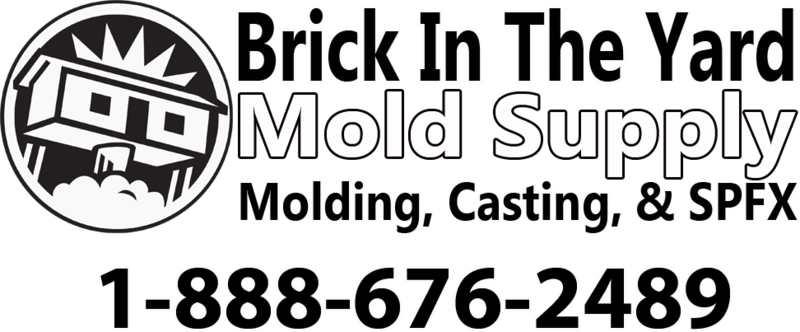Lifecasting
Lifecasting
Lifecasting is the process of molding and reproducing the human form. The most common material for lifecasting is Alginate. Accu-cast alginates are the industry standard for accurate face, hand, and body casts. In this tutorial we explain the basic hand casting process. Once the negative mold has been removed from the subject, any of our gypsums (plasters) may be poured into the mold.
In this next video, we use a plastic tube to mold a hand and forearm. Our large diameter clear mold tubes work great for molding hands. Here we use a clear tube glued to a base with hot glue to create a Genesis alginate mold. We pour Gel-25 silicone into the cured alginate mold to produce a realistic hand cast. Check out our silicone prop page to see painting techniques for silicone.
In addition to silicone, positives can also be cast in resin. In this next tutorial we cast a hand positive from an alginate mold using our new ArtKast Pourable resin. ArtKast pourable can be poured directly into an alginate mold. We used one of our 12" x 5" mold tubes to contain the alginate mold.
Multiple hands can be molded at the same time to produce unique hand cast sculptures and family keepsakes. Here we use Accucast 380 to mold two of my daughters' hands. We poured Hydrostone into the finished mold to produce a hard, tough positive that can be painted with our Sculpt Nouveau Metal Coatings to look like a classic bronze or copper sculpture.
In this next hand casting video, we cast an object with a hand holding it. For this cast we used Accucast 380 and poured Hydrostone into the finished mold. We used a 12 x 5 mold tube to create the mold "box."
For "lay-up" casts(much like a brush-on mold), a shell is required to support the alginate mold. In this tutorial we explain the basic use of our Plaster Bandages for making support shells.
Accu-cast 590 is a great, medium setting alginate for face in hand casts. In this tutorial we make a basic face cast using 590 and plaster bandages. A face cast like this one requires about 1/2 pound of alginate and one 4" roll of plaster bandage material.
In this next video we cover the process of hand casting with multiple hands interlocked. For this cast we used about 1.5 lbs of Genesis V alginate and 2 rolls of 6" Plaster Bandages.
In this follow up video we show how to patch air bubbles and repair minor defects in a Hydrocal hand cast.
Once you've cleaned up your Hydrocal cast, you can either use that as your final piece or mold it to reproduce multiple copies. Group hand casts necessitate this as everyone involved usually wants a copy. In the next tutorial we explain how to make a brush-on Gel-10 mold of a group hand cast so that it can be reproduced in Hydrocal, Hydrostone, or casting resin.
Our PlatSil Gels may also be used to mold the human form. In this tutorial we use Gel-10 thickened with TinThix to mold a hand. A Gel-10 mold is more expensive than an alginate impression, however, the finished Gel-10 mold may be used to produce multiple casts. A plaster bandage shell is required to support the Gel-10 rubber mold.
In this next video we explain the process of molding a hand cast to reproduce the hands in a different material or make multiple copies for friends and relatives. We used XP727Q for this mold and thickened it with TinThix thickener.
